#Cathedral of Saint Mary
Explore tagged Tumblr posts
Text
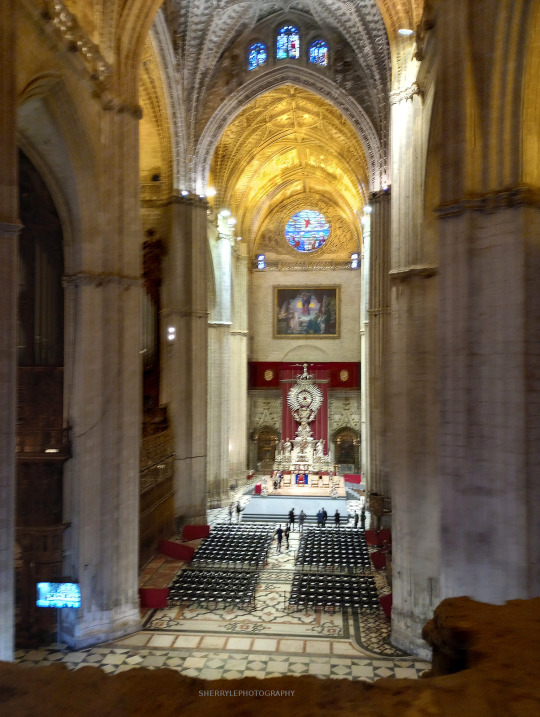
@sherrylephotography 5/13/23 Seville Spain (Catedral de Sevilla)
Seville Cathedral rooftop tour, was the best tour and Jose Marie did a splendid job. This was once a mosque the Muslims built out of brick in a octagon shape. After many years of ruling the Catholic and Jewish population went against them and the tide of time changed to catholic rule. An earthquake happened so they tore down the mosque and built this cathedral. The cathedral's construction started in 1401. It is the largest gothic cathedral in the world. It took 70 years which is quick for back then, not that it was completely finished. They are still working on the decorations of the inside. Did you know that the gargoyles are drains? When it rains they let loose all that water that is pooling up on those roofs. We went to many parts of the rooftop, climbed many different staircases. I see the cathedral in a different light.
The rooftop tour is only about 20 people at a time and only done a couple of times a day, so you must book in advance. This was one of the best things that I did on my vacation.
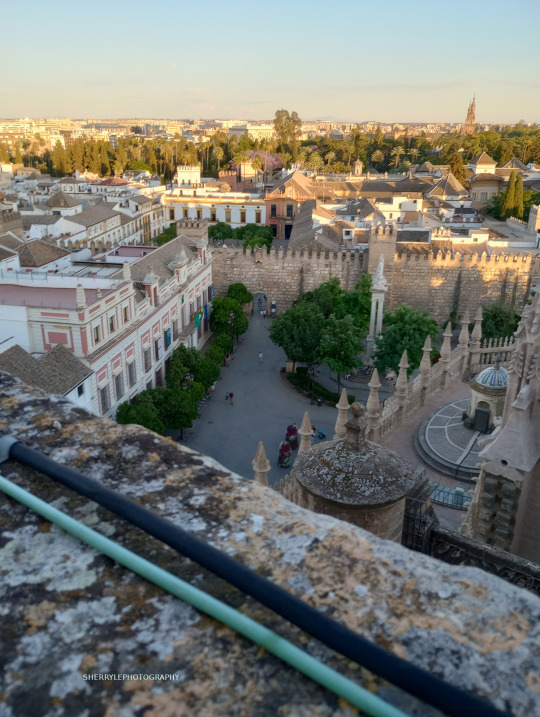
#original photographers on tumblr#landscape photography#Seville cathedral#spain#vacation spain#my photography#sherrylephotography#travel#gimp#cellphone photography#Cathedral of Saint Mary#Catedral de Sevilla#I guess Seville is the forth best city I went to in Spain.
121 notes
·
View notes
Text

Cathedral of Santa Maria in Toledo, SPAIN
31 notes
·
View notes
Text

Back to Firenze
#desmond miles#assassin's creed#assassins creed#I try to draw Cathedral of Saint Mary of the Flower and failed#ezio auditore (below)
214 notes
·
View notes
Text




#jesus christ#gothic#angelic#dark aesthetic#dark academia#goth#catholiscism#pale#angel#cathedral#victorian#mother mary#saint#crucifixes#gothic art#eastern europe#orthodoxy
187 notes
·
View notes
Text

"My brave man, do not be uneasy. I make no account of my life. I have placed it in the hands of God and His Blessed Mother."
~St. Fidelis of Sigmaringen, martyr
Sculpture of the Virgin Mary, Barcelona Cathedral (Via dreamstime.com)
#Christian#saints#martyr#St. Fidelis of Sigmaringen#Theotokos#Our Lady#Virgin Mary#Blessed Mother#Panagia#Christian art#sculpture#Barcelona Cathedral#Life is in the hands of God and His Blessed Mother
51 notes
·
View notes
Text

Florence Cathedral, Florence, Italy: Florence Cathedral, formally the Cathedral of Saint Mary of the Flower, is the cathedral of Florence, Italy. It was begun in 1296 in the Gothic style to a design of Arnolfo di Cambio and was structurally completed by 1436, with the dome engineered by Filippo Brunelleschi. Wikipedia
#Florence Cathedral#Cathedral of Saint Mary of the Flower#Cattedrale di Santa Maria del Fiore#Florence#Catholic Archdiocese of Florenc#Tuscany#Italy#europe
108 notes
·
View notes
Text

Weizhou Church, 2000 Weizhou Island, Guangxi, China. 中国 広西 北海市 涠洲岛 涠洲天主教堂 Photography by Michitaka Kurata
#church#cathedral#the virgin mary#saint mary#our lady#china#guangxi#beihai#weizhou#weizhou island#weizhou cathedral#weizhou church#photography#color film#color negative film#negative film#35mm film#2000#中国#広西#北海市#天主堂#聖母#涠洲岛#ウェイジョウトウ#ネガフィルム#カラーフィルム#カラーネガ#カラーネガフィルム#カラー写真
192 notes
·
View notes
Text
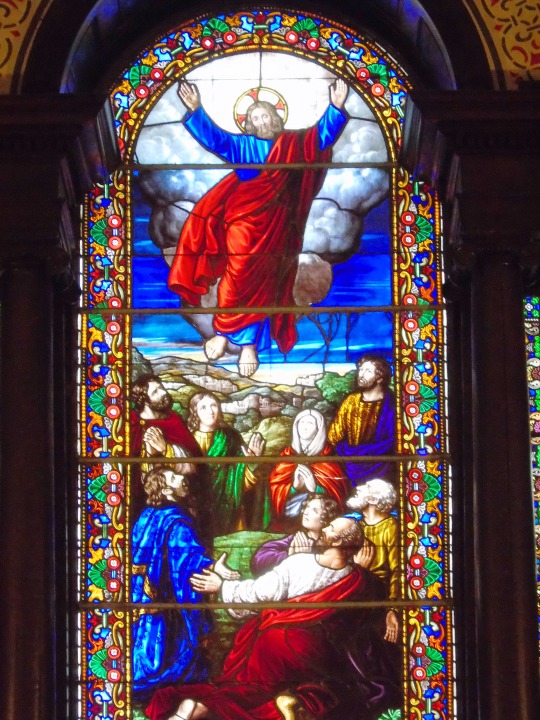
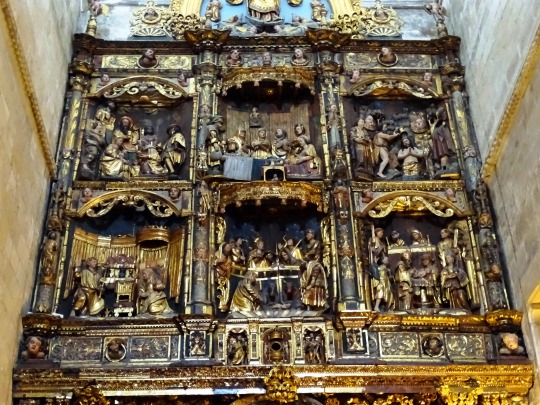
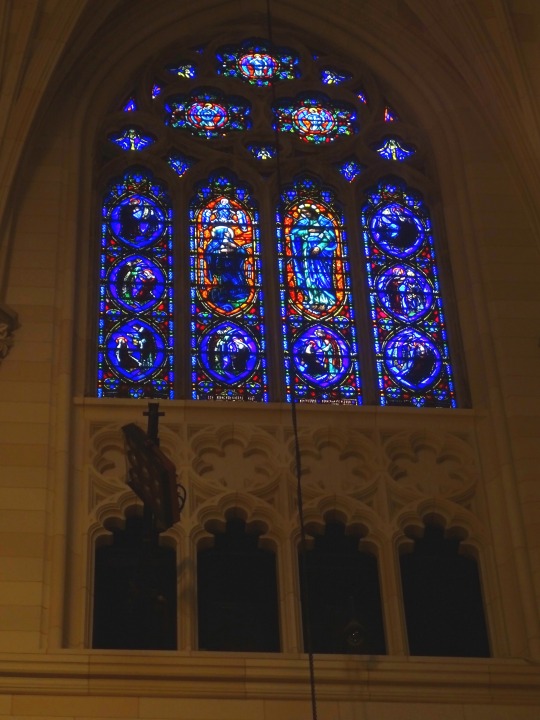
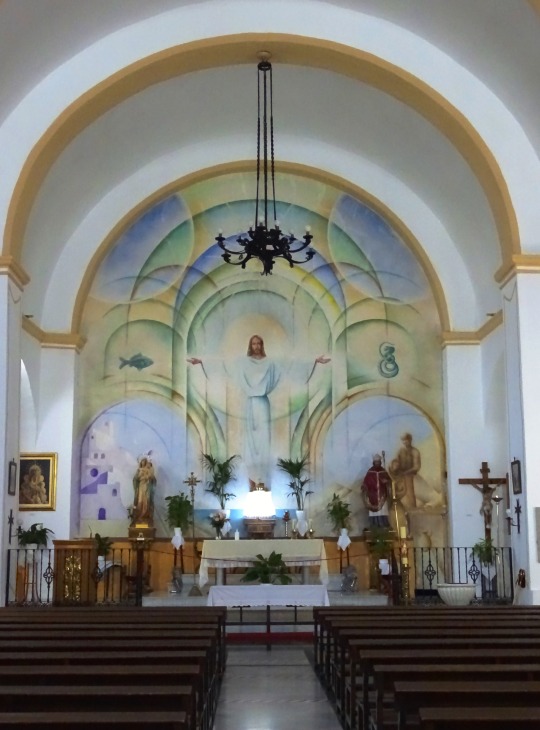
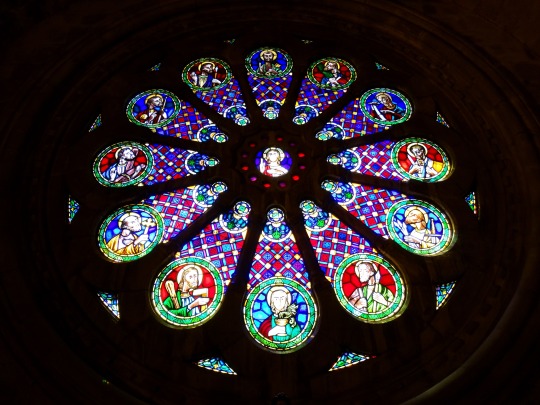
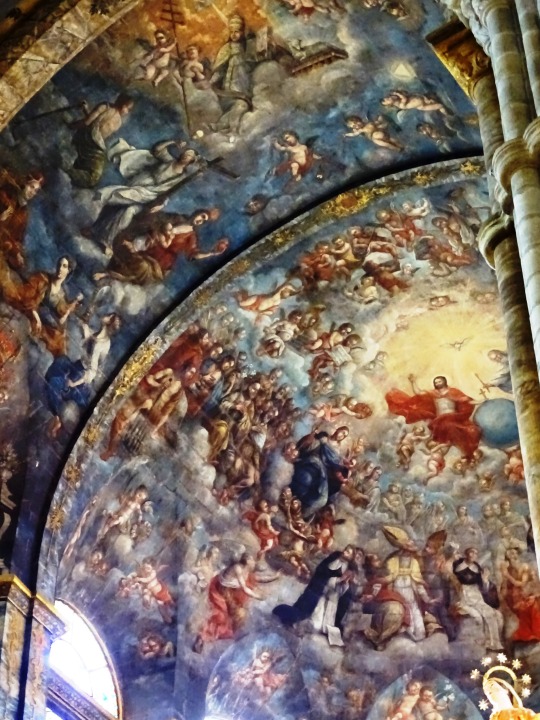
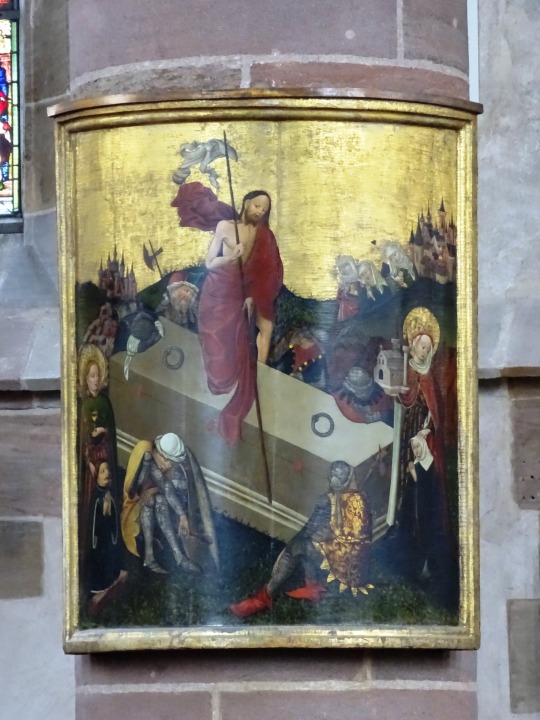


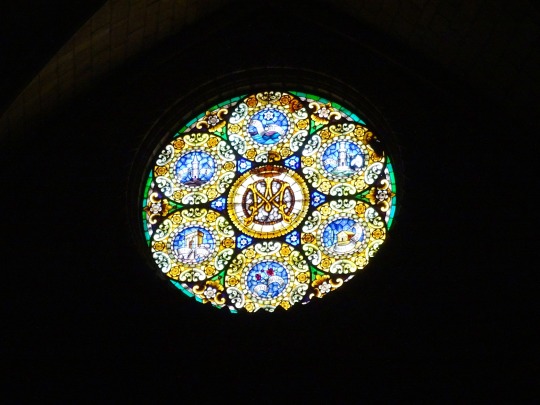
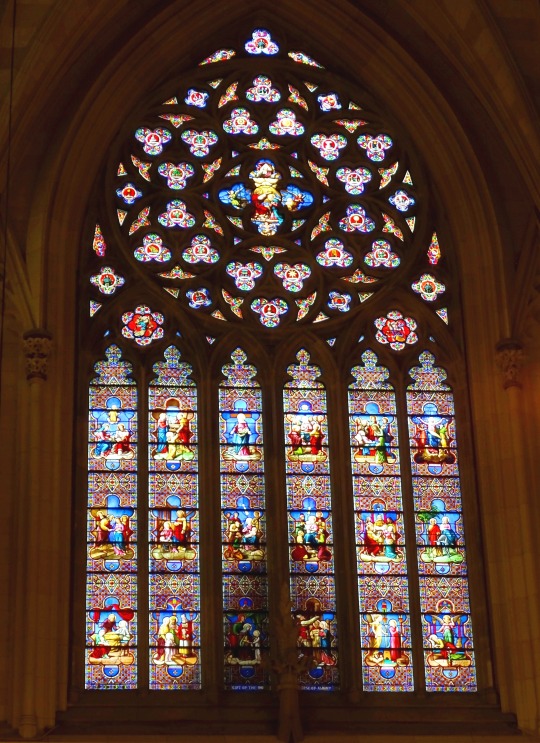
Ascension Day
We commemorate Jesus Christ’s ascension into heaven (as per Christian belief) by celebrating Ascension Day, which occurs on the Thursday, which is 40 (or 39) days after Easter. This year, it will take place on May 9. Known by multiple names — The Feast of the Ascension, The Ascension of Jesus, Ascension Thursday, Holy Thursday, or Solemnity of the Ascension of the Lord — this is a Christian holiday that doubles as a public holiday in many countries like Austria, Belgium, Denmark, Germany, France, Switzerland and more.
History of Ascension Day
One of the earliest Christian festivals, Ascension Day marks the end of the Easter season. This event is celebrated primarily by Catholics and Anglican Christians; most Protestant churches do not follow this tradition anymore. The date, too, differs in different geographic locations. Western Churches prefer to use the Gregorian calendar for calculating this date, while many Eastern Orthodox Churches calculate this date according to the Julian calendar. As a result, their celebrations occur at a later date than the Western event.
As per the New Testament in the Bible, after Jesus Christ’s crucifixion on Good Friday, he was resurrected from the dead in three days, on the day we know as Easter Sunday. For 40 days after this, he stayed with his Apostles (the primary disciples of Christ) to instruct them on how to carry out his teachings. As the Bible says, at the end of day 40, Jesus Christ and his disciples went to Mount Olivet (or the Mount of Olives), near Jerusalem. After asking them to stay, Christ then ascended to heaven to take his seat at the right hand of God, under the gaze of his disciples. To Christians, the ascension signifies that Christ completed his work on Earth and allowed him to prepare a place for his followers in heaven.
Initially a part of Easter celebrations, this day was later separated from Easter, along with Pentecost. Celebration of Pentecost ends the cycle of Easter-related events in the Christian calendar.
Ascension Day timeline
68 A.D. The Tradition Begins
Ascension Day begins to be observed, albeit with two other holidays — Easter Sunday and Pentecost.
300 A.D. Ascension Day Develops As A Separate Tradition
A decree declares this celebration now must be observed separately — it is moved to 40 days after Easter.
385 A.D. First Written Evidence Appears
We see the very first piece of written evidence that the Ascension Day Feast is celebrated.
5th century Ascension Day Starts Appearing In Art
Christian art showcases this holiday.
6th century Art Begins To Reflect Different Versions
Syria develops a different version of the Ascension, which is later adopted by Byzantine art.
18th century Germany Celebrates Father's Day
Ascension Day coincides with Father's Day in Germany — they celebrate Jesus returning to the Holy Father.
19th century Germany Celebrates With Colourful Parades
To replicate the way the Apostles walked with Jesus, Christians begin to host colorful parades as a commemoration.
How To Observe Ascension Day
Go to church
Attend church processions
Listen to hymns
Learn how your local church celebrates this day. Take some time to attend a Mass or Christian church service. Clarify the details before you go, as these services differ based on whether the church is Protestant or Catholic.
Tradition says this holiday is observed by a three-day procession, then the feast itself, which includes a procession of torches and banners to symbolize Christ’s journey to the Mount of Olives and entry into heaven. While your local church might not have such grand festivities, find out if they are still carrying out a procession.
Listening to hymns is a traditional part of Ascension Day celebrations. A medley of these religious songs can have you humming along for days. Even popular artists have been known to hum a hymn or two over the years. Check out Carrie Underwood’s ‘Something In The Water,’ or U2’s ‘Where The Streets Have No Name,’ or even John Legend’s ‘Preach.’
Facts About Ascension Day
In Sweden, people go on early morning walks
The British celebrated by 'beating the willow'
Welsh people don’t work on this day
Portugal celebrates by keeping wheat in their houses
Indonesia has a public holiday on Ascension Day
Many people go out into the woods at 3 AM or 4 AM to hear the birds at sunrise, believing that hearing a cuckoo from the east or west brings them good luck — this activity is called ‘gökotta.’
In the olden days, as young boys were driven along the parish boundaries, they were beaten with willow branches to drive away evil.
It is more than a holiday celebration in Wales — Welsh people believe that it is unlucky to do any work on Ascension Day.
Traditionally, rural Portuguese households keep wheat in their homes throughout the coming year — this day is associated with peace and prosperity and, to them, wheat symbolizes prosperity.
Despite Christianity being a minor religion in Indonesia, Ascension Day is designated as a public holiday.
Why Ascension Day Is Important
It is an opportunity for reflection and to gain inner peace
We learn about Christian traditions
It helps us expand our cultural horizons
Instances, where we can simply sit, reflect, and learn the true meaning of peace, are rare in our busy worlds. This is why we recommend holding onto such chances with both hands. Ascension Day church services center around this theme. If you are not a religious or church person, simply take a moment to sit by yourself and reflect on your journey so far and how you would like to continue. There’s no better way to celebrate this day than by centering yourself and your thoughts.
Expanding our knowledge is good for us. Plus, learning about Ascension Day not only helps us expand our store of general knowledge, but also inspires us to observe some of the traditions.
Such traditions have been prevalent for a long time, and have taken on varying degrees of importance around the world. Even festivities change as per the customs of a certain region. Learning more about these traditions changes our views of cultures and gives us extended knowledge of people from other nations.
Source
#Mojácar Pueblo#Church of Santa Maria#Lisbon Cathedral#Lisbona#interior#stained glass window#Ascension Day#Auffahrt#long weekend#9 May 2024#39 days after Easter#Saint Mary's Cathedral#Lugo Cathedral#Spain#Portugal#Holy Trinity Anglican Cathedral#Québec#Quebec City#Canada#Germany#Stadtpfarrkirche Unserer Lieben Frau#Nuremberg#Nürnberg#Solsona Cathedral#St. Patrick's Cathedral#Manhattan#New York City#USA#architecture#original photography
10 notes
·
View notes
Text

#catholic folk magic#etsy digital products#etsyseller#etsyshop#etsystore#italian folk magic#religious art#roman catholic#catholic#catholiscism#cathedral#christian witch#christianity#angelcore#angel aesthetic#angel#jesus#virgin mary#blessed virgin mary#ave maria#mary#saint mary#jesus christ#yeshua
2 notes
·
View notes
Text
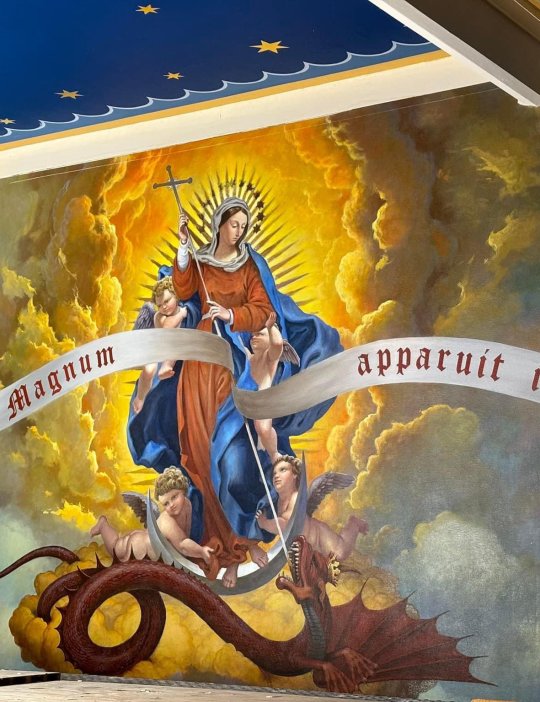
#catholic#catholicism#christianity#spiritual warfare#jesus christ#blessed virgin mary#our lady#exorcist#demon#oratory#roman catholic church#cathedral#catholic church#roman catholic#blessed mother#mother of god#mother#queen of the universe#queen of heaven#queen of saints#lord jesus christ#jesuscristo#jesus#blessed mother mary#blessed sacrament
5 notes
·
View notes
Text

𝕿𝖍𝖊 𝖌𝖍𝖔𝖘𝖙 𝖍𝖆𝖘 𝖆𝖑𝖜𝖆𝖞𝖘 𝖇𝖊𝖊𝖓 𝖍𝖊𝖗𝖊.
2 notes
·
View notes
Text

Catedral de Santa Maria de Girona, Cataluña, ESPAÑA
#cathedral of girona#cathedral of saint mary#catedral de girona#catedral de santa maria#girona#catalonia#cataluña#spain#españa#europe#europa
21 notes
·
View notes
Text
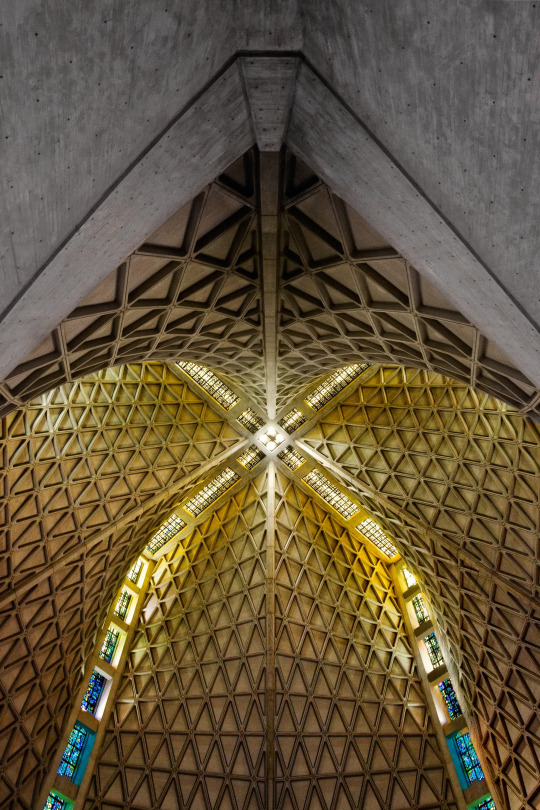
3 notes
·
View notes
Video
🇪🇸 Sevilla by Dave Wong
#Historical Building#Spain#Seville#Travel#Catedral de Sevilla#Andalusia#Architecture#Cityscape#Europe#Street Photography#City#Andalucía#Catedral de Santa María de la Sede#Cathedral#Cathedral of Saint Mary of the See#Catholic#Church#España#Kingdom of Spain#Reino de España#Sevilla#Seville Cathedral#Street#flickr
1 note
·
View note
Text
Vilnius
My final stop travelling through the Baltics was Lithuania’s capital Vilnius. I found it more pleasant than Riga and less touristy than Tallinn (helped by not having cruise ship visitors) and home to more than a hundred churches, of which I visited seventeen. It was a lovely place to wander around, enjoying the architecture. Before WW2 nearly half the population of Vilnius was Jewish and home…
#Bernadine Church and Monastery#Cathedral Square#Choral Synagogue#Church of All Saints#Church of Michael the Archangel#Church of St. Casimir#Church of St. Francis of Assisi#Church of St. Theresa#Church of the Assumption of the Blessed Virgin Mary and Franciscan Abbey#Dominican Church of the Holy Spirit#Gates of Dawn#Gediminas Castle Tower#Holy Cross Church#Holy Trinity Uniate Church#Lithuania#Orthodox Cathedral of the Theotokos#Orthodox Church of the Holy Spirit#Palace of the Grand Dukes of Lithuania#photography#Pirmas Blynas#Presidential Palace#Saint Catherine&039;s Church#St. Anne&039;s Church#St. John the Baptist and St. John the Apostle and Evangelist Church#travel#Užupis#Vilnius#Vilnius Cathedral#Vilnius Leonard Cohen statue
0 notes
Text
Tbilisi Walking Tour & Georgia Independence Day
Narikala Fortress – Tour to Georgia Having time to move at your own pace is a big plus when traveling abroad. Long-term travel provides time for adjusting to new environments, without feeling pressed to see everything at once. I’ve been low-key for a few days getting my bearings, but am getting up to speed and expanding my Georgian horizons. Transportation Purchasing a Metromoney card seemed a…
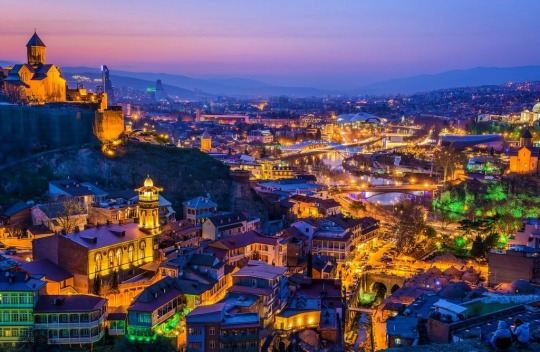
View On WordPress
#Abanotubani Neighborhood#Abo Patron Saint of Tbilisi#Act of Independence 1918#Ancha Monastery#Anchi’s Icon#Anchiskhati Basilica of St. Mary#Anchiskhati Church#Art Museum of Georgia#Bridge of Peace#Cathedral of the Assumption#Caucasus#Clock Tower Puppet Theatre#Day of the First Republic#Foreign Influence Bill Georgia#Georgia President Salome Zourabichvili#Georgian Parliament#Georgian sculptor Elguja Amashukeli#Historic District Old Tbilisi#Italian architect Michele De Lucch#Juma Mosque#King Gorgasali Founder of Tbilisi#King of Iberia Dachi Ujarmeli#King Vakhtang I Gorgasali#Kingdom of Iberia 4th century BCE#Klarjeti#Leghvtakhevi Canyon#Leghvtakhevi Waterfall#Liberty Square Tbilisi#May 26 Georgia Independence Day#Metekhi Church of the Nativity of the Virgin Mary
0 notes
